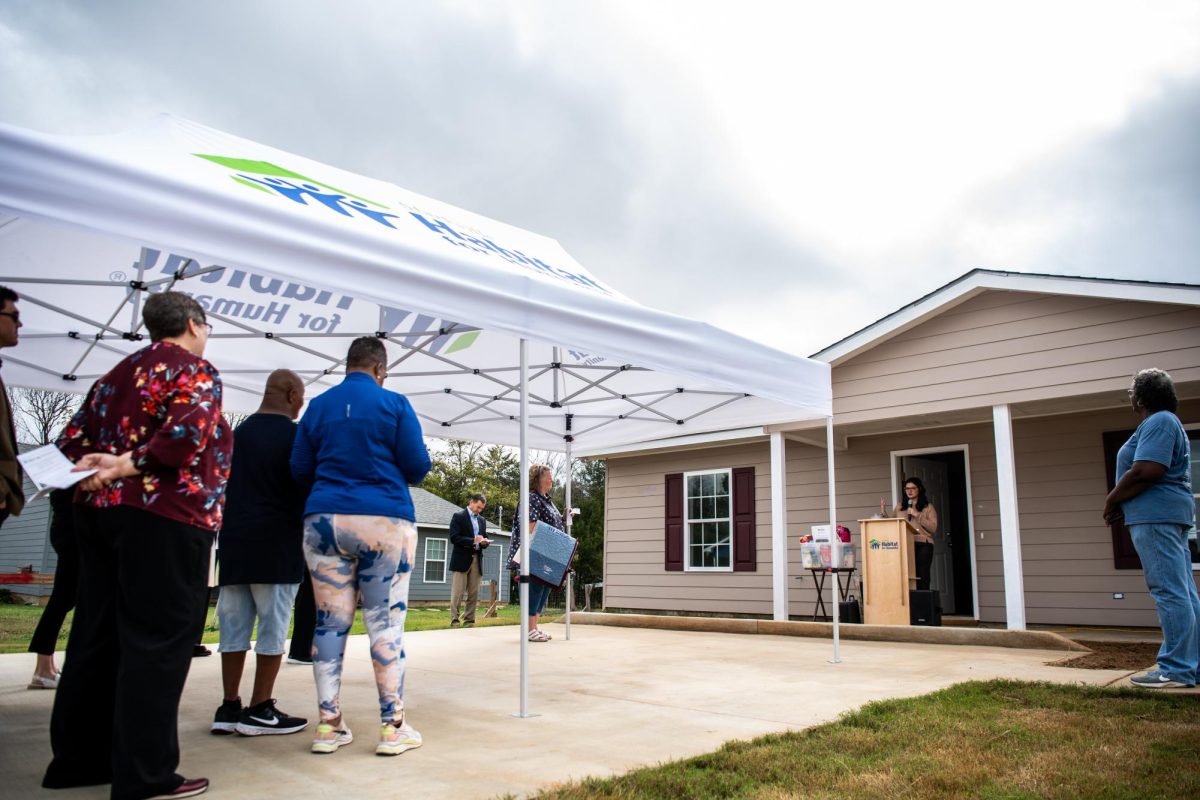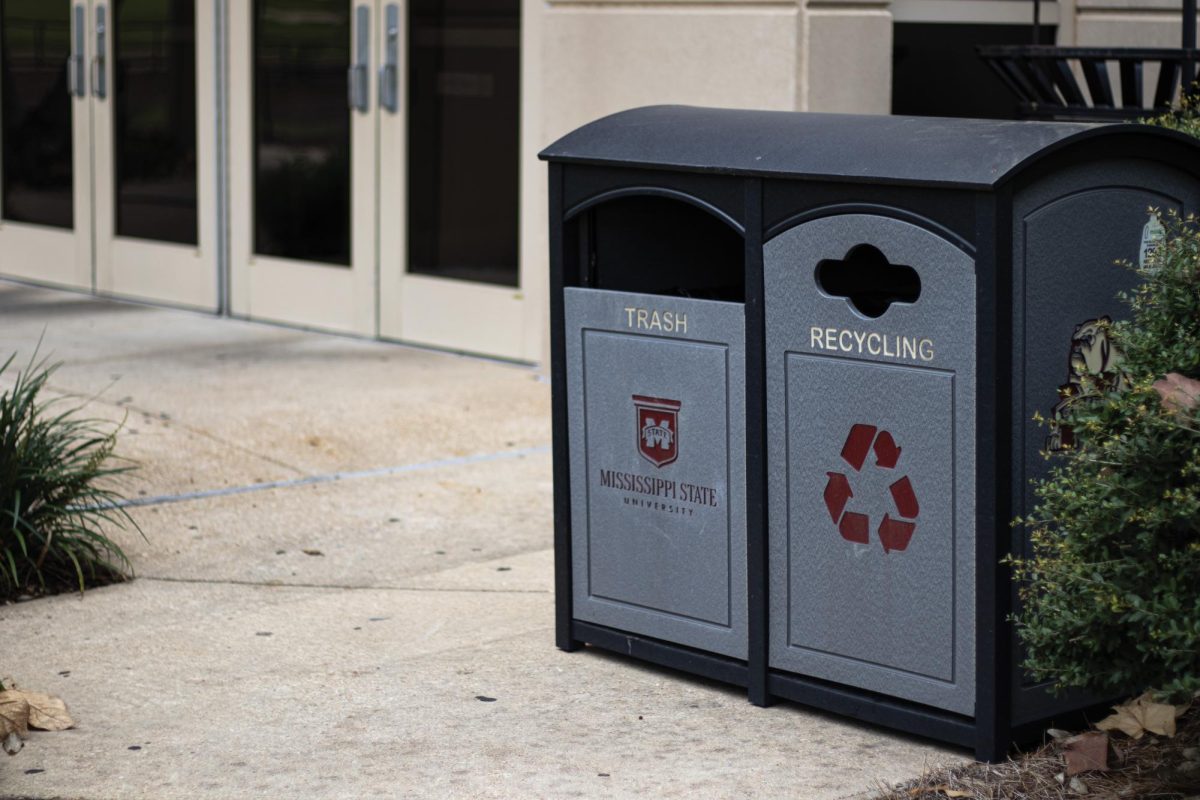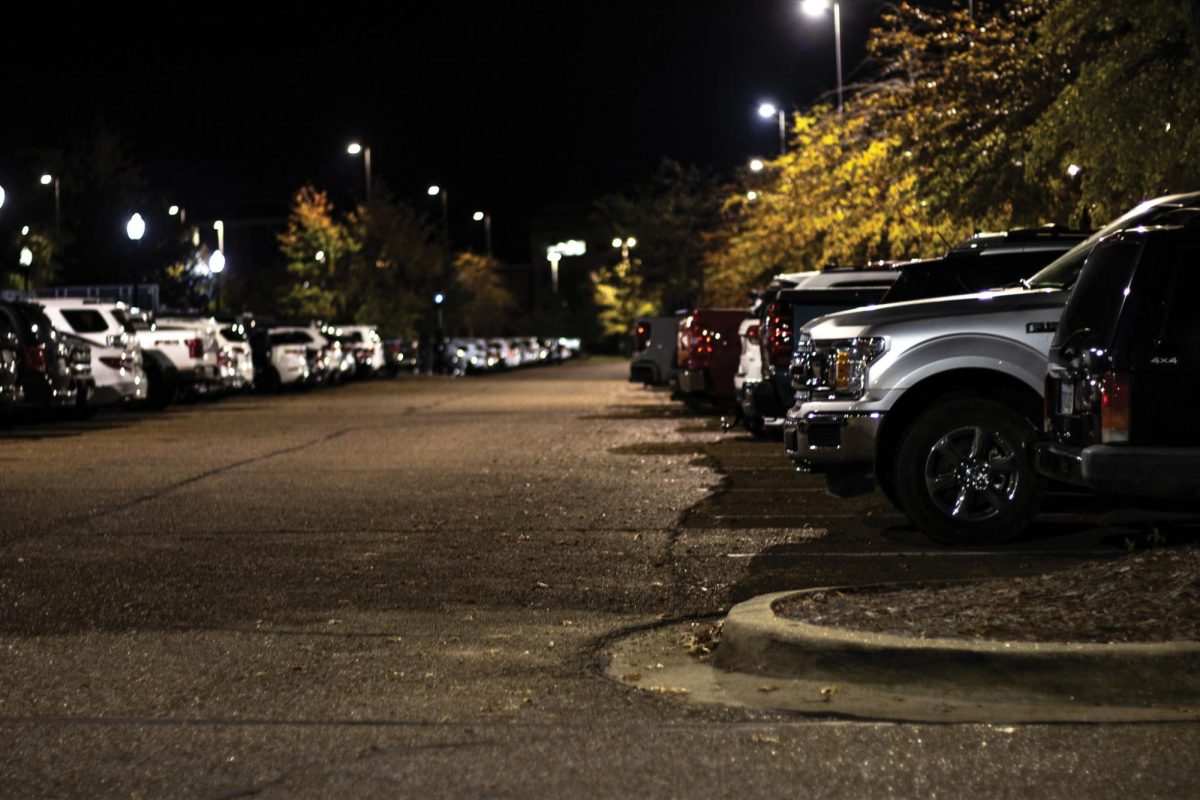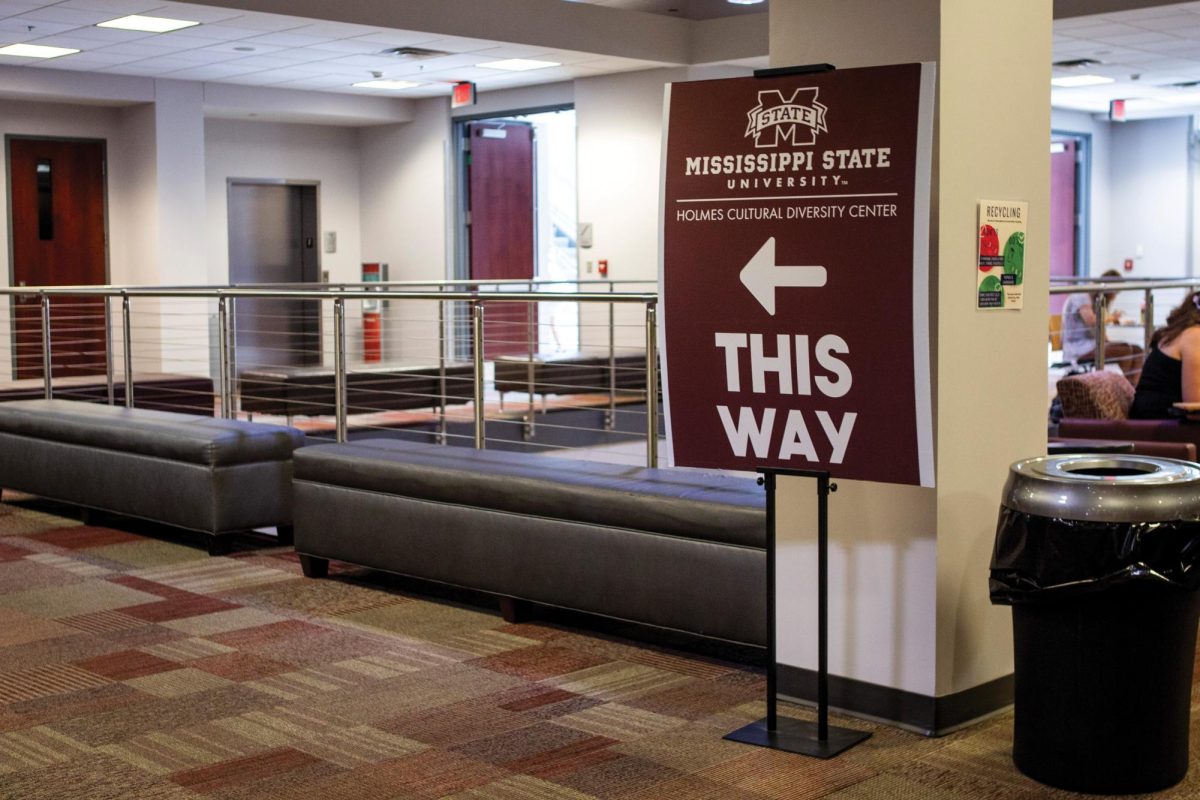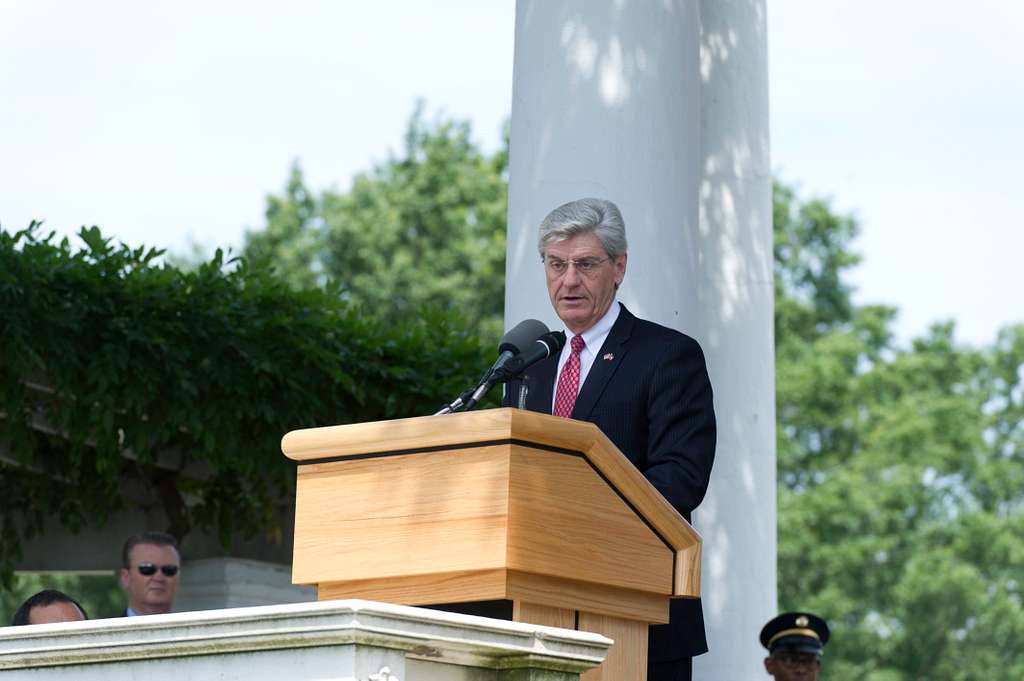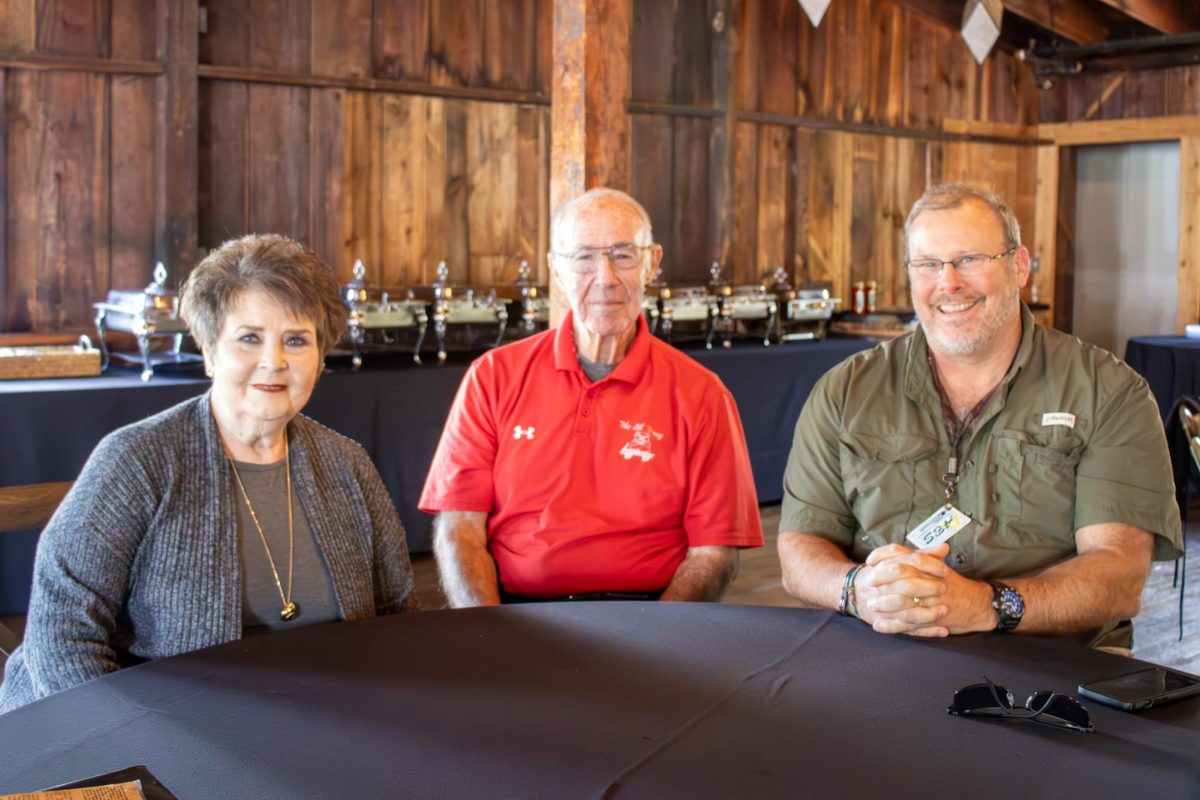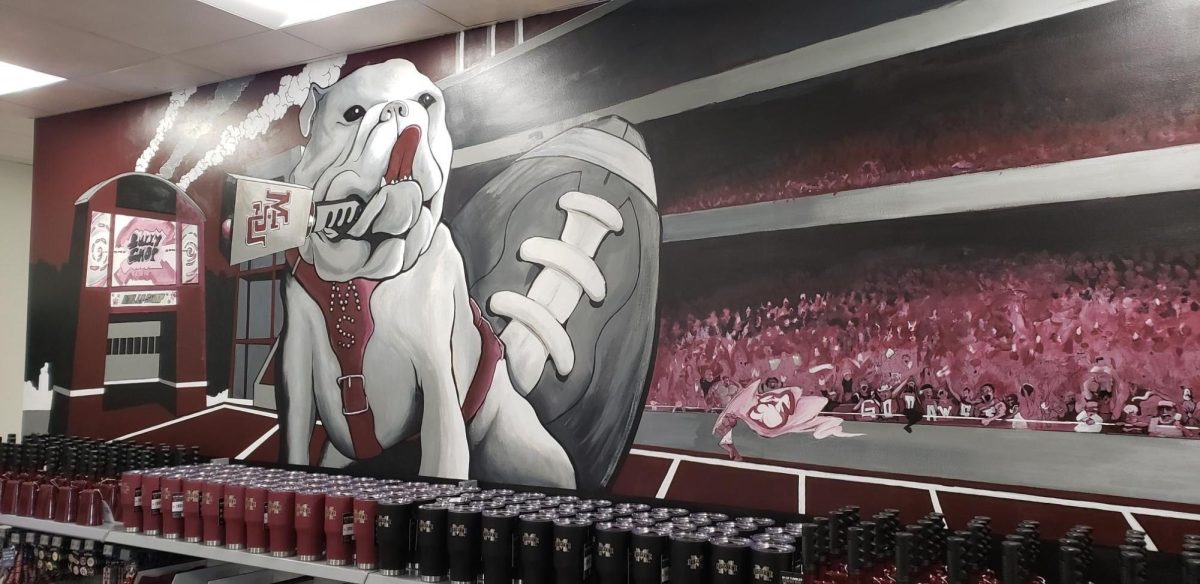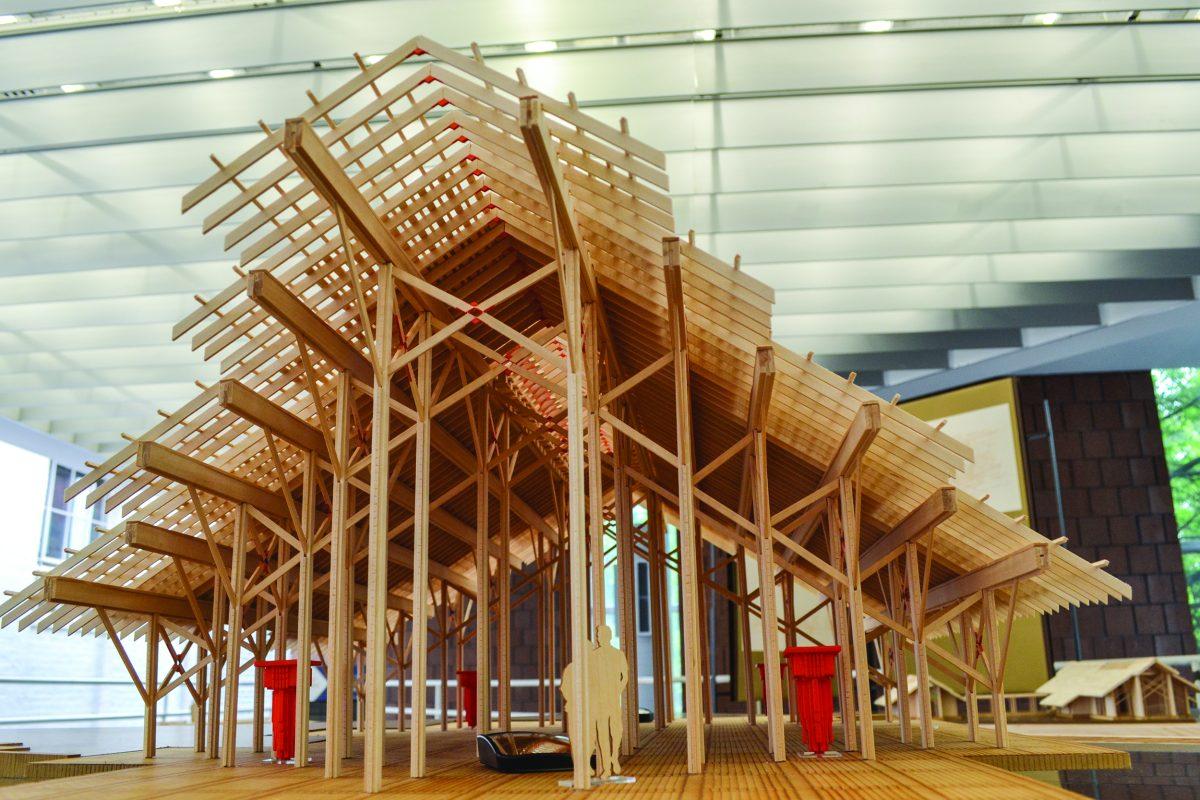Mississippi State University is now housing a gallery exhibit inside Giles Hall that showcases physical models and 3D virtual reality renderings of architect Fay Jones’s unfinished work. The exhibit opened March 29 and will remain open until the School of Architecture’s studio classes begin final reviews.
“This exhibit is a documentation and display of Fay Jones’s vision for the Crosby Arboretum,” Jane Kent, an exhibit coordinator, said.
Jones, an apprentice of Frank Lloyd Wright and recipient of the AIA Gold Medal, the highest award given out by the American Institute of Architects, is credited with creating what is called the “Ozark” style of architecture.
The Crosby Arboretum, part of the MSU extension program, is a large plot of land designed for the study of plants and ecosystems.
Although the original designs for multiple buildings at the arboretum were never finished, the series of buildings clearly had a purpose.
“His work was very beautiful, and this one project is an example of a whole series he’s built for one place. That place he built for, the Crosby Arboretum, he thought was a gift for future generations to respect nature,” Nada Abdel-Aziz, a second year architecture major at MSU, said.
Abdel-Aziz’s part in the project was not only to build a map of the entire arboretum, but to also help in assembling the displays.
While mostly focusing on the unbuilt structures, students who view the exhibit can also learn information about the Crosby Arboretum that is currently in place, as well as its landscape architect, Edward Blake.
The study of Jones’s unfinished work, which was led by Hans Herrmann, associate professor in the School of Architecture, lasted for two semesters before completion. According to Kent, the study began with six people and grew from there.
“My focus was on the information side of it. I researched and wrote pretty much everything that’s in the exhibit, panels and timeline, with a couple places where Spurgeon Sanders, another exhibit coordinator, filled in the blanks,” Kent said.
Herrmann provided insight into the inspiration behind the exhibit.
“The person in charge of the Arboretum happened to show me these drawings they had rolled up in the corner and I recognized the importance of the drawings,” Herrmann said.
Jones’s plans for the arboretum were not only aesthetically pleasing, but also designed to fit ecological needs.
“We wanted it to have interesting geometric patterns, or some kind of outside influence with regard to what it should look like. Jones believed very strongly, and he worked with a big, interesting team of people to develop an idea for the arboretum where what is on display is natural ecological systems,” Herrmann said.
This is one of the reasons Herrmann got involved with the project. The exhibit is meant to not only impart knowledge, but also to show off the eco-friendly manner in which the structures were built.
To enable the creative process of the exhibit, Herrmann wrote a grant.
“The grant basically proposed to develop a digital archive of the materials and drawings so we could share that with others and create this exhibition,” Herrmann said.
Those behind the unbuilt arboretum wanted to share their work with as many people as possible, and since the exhibit’s opening, it has reached far past MSU’s student body and even the state of Mississippi.
“It’s looking like nationally this kind of unrealized, but really important, piece of cultural and architectural history here at MSU is being noticed,” Herrmann said.
Kent explained the significance of Fay’s designs and the importance of the exhibit.
“It deals with so many different aspects of our world and was so groundbreaking when it was conceptualized. It’s important that we pursue things like this. It’s a cross between many things: environmental protection, ecology, conscious design, sustainability, community outreach, and history. It’s absolutely beautiful,” Kent said.
Herrmann said this exhibit also provides a way to improve Mississippi’s architectural and cultural prowess.
“It was an opportunity to really celebrate something that was one of the best examples of architectural production we have here in Mississippi,” Herrmann said.
While the team that put together the exhibit has worked hard to bring it to where it is today, their work is not yet finished. They hope to continue to showcase the exhibit and the architectural work in other places around the U.S, a goal already being proven possible.
“We’re sending the exhibit to the University of Arkansas for sure,” Kent said.
The exhibit is also scheduled to be displayed in Washington D.C. and be a part of the Architecture Foundation and the American Institute of Architects.
Kent, Herrmann and the others responsible for staging the unbuilt arboretum also have the goal, farther down the road, to raise enough money to allow the unfinished project to be completed.
“We’re showing that these buildings do in fact fit in the landscape and the program. Then comes funding, which is the initial reason all of these structures weren’t built,” Kent said.
Completing this set of architecturally and ecologically significant buildings would not only benefit architecture in Mississippi, but it would also bring something special to MSU.
“As an architectural educator, that would be an amazing thing to be a part of,” Herrmann said.
The exhibit currently displayed in Giles Hall was generously supported by the Criss Trust Award Program, the Office of Research and Economic Development’s Undergraduate Research Support Program, Crown Hardware and the MSU School of Architecture. Through the support of these organizations and the hard work of the faculty and students behind the exhibit, the unbuilt arboretum has been very successful and even has the potential to promote support for funding that would allow Jones’s unfinished designs to become a reality.

